Introduction
Reliable in-building public safety radio communication is a cornerstone of effective emergency response. First responders—including police, firefighters, and emergency medical services—depend on seamless communication within buildings to coordinate operations and safeguard lives. However, modern construction materials and building designs often pose significant challenges to radio signal transmission.
Challenges to In-Building Radio Coverage
Modern buildings frequently incorporate energy-efficient materials that can obstruct radio frequency (RF) signals. Low-emissivity glass, reinforced concrete, and metal-based insulation are common culprits that create signal dead zones. These materials can severely weaken or block radio signals, complicating communication for emergency personnel during critical situations.
Areas prone to poor signal coverage include:
- Basements and underground parking garages
- Stairwells and elevator shafts
- Enclosed spaces with thick walls or metal barriers
Regulatory Requirements and Standards
To address these communication gaps, regulatory bodies have established standards ensuring adequate in-building radio coverage. For instance, the International Fire Code (IFC) Section 510 mandates that new constructions provide emergency responder radio coverage. Key requirements often include:
- A minimum of 95% coverage throughout the building
- Coverage in all critical areas, including stairwells, basements, and mechanical rooms
- Annual system testing and maintenance to verify compliance
Solutions for Enhancing In-Building Radio Coverage
Building owners can enhance radio communication capabilities through Emergency Responder Communication Enhancement Systems (ERCES). These systems include:
- **Bi-Directional Amplifiers (BDAs):** Boost the strength of both incoming and outgoing radio signals.
- **Distributed Antenna Systems (DAS):** A network of strategically placed antennas that distribute signals throughout the building, eliminating dead zones.
Effective system design, professional installation, and regular maintenance are critical for ensuring optimal performance and compliance with local regulations.
Importance of Regular Testing and Maintenance
Maintaining reliable communication systems requires ongoing testing and maintenance. Annual inspections help identify potential issues, ensuring the system performs effectively during emergencies. Testing protocols typically include:
- Signal strength verification across all building areas
- System functionality checks for BDAs and DAS components
- Compliance assessments with current fire and safety codes
Conclusion
Reliable in-building public safety radio coverage is not just a regulatory requirement—it’s a lifesaving necessity. By understanding the challenges, adhering to standards, and implementing robust communication systems, building owners can provide first responders with the tools they need to protect lives and property effectively.


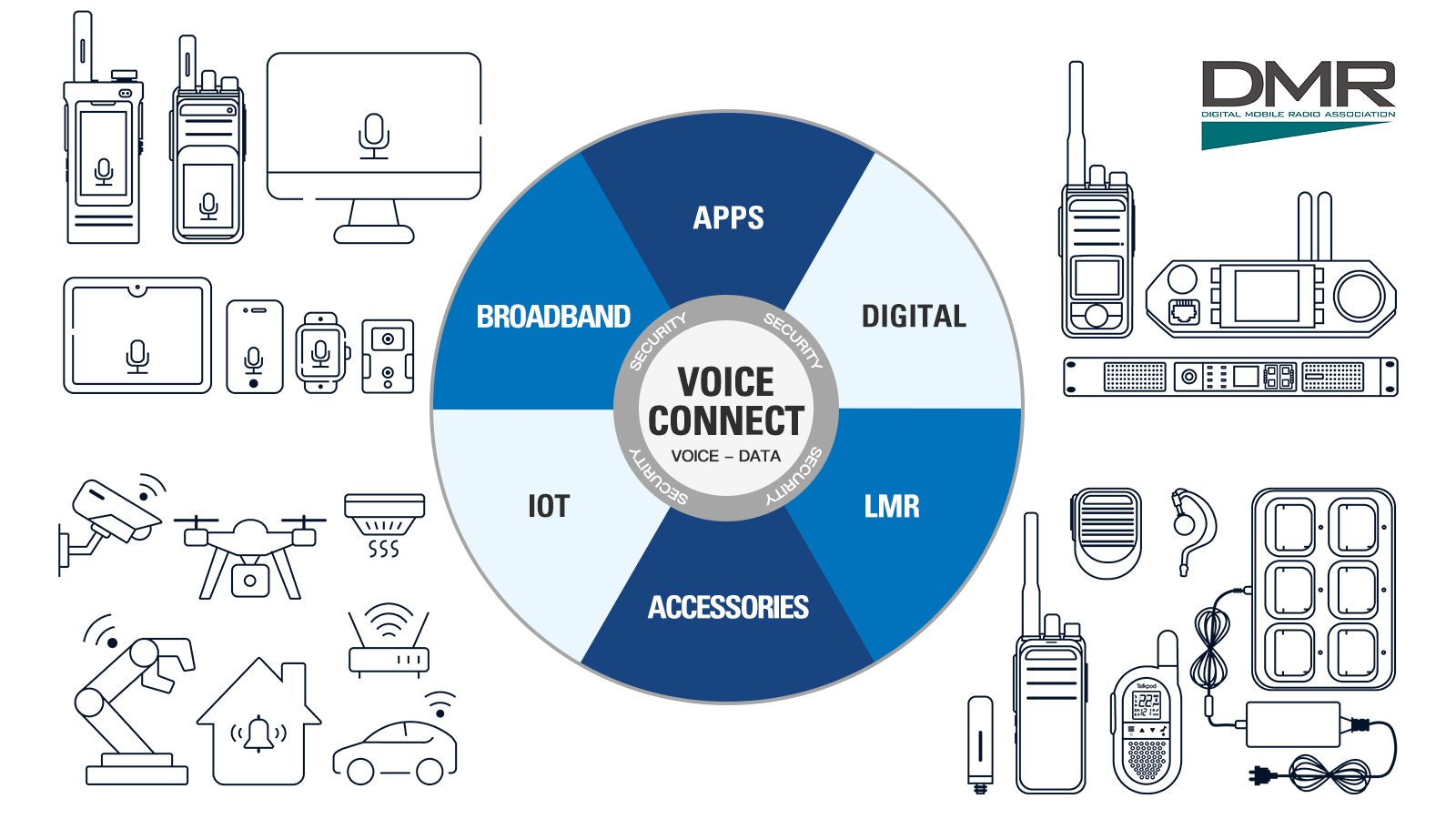
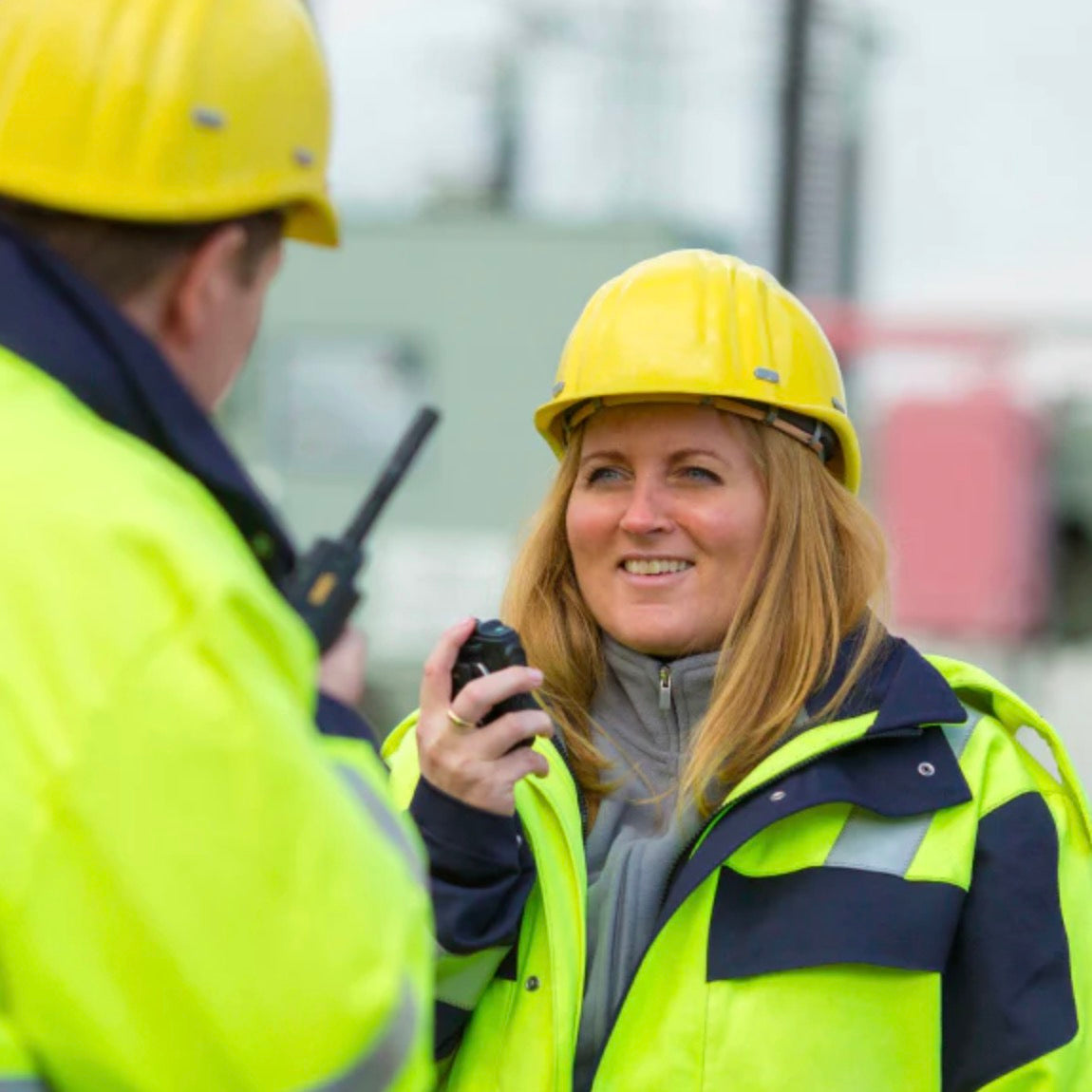

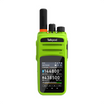
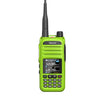
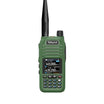
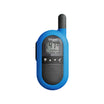


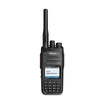
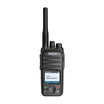
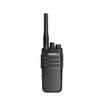
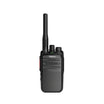
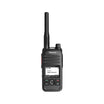
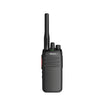
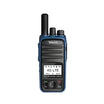
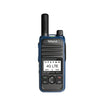
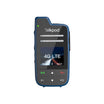
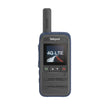
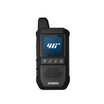
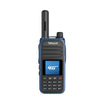
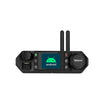
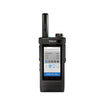
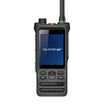


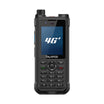
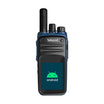
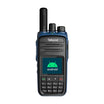
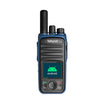
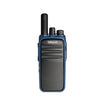

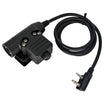
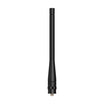
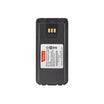
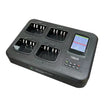
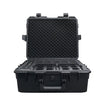




Leave a comment
All comments are moderated before being published.
This site is protected by hCaptcha and the hCaptcha Privacy Policy and Terms of Service apply.